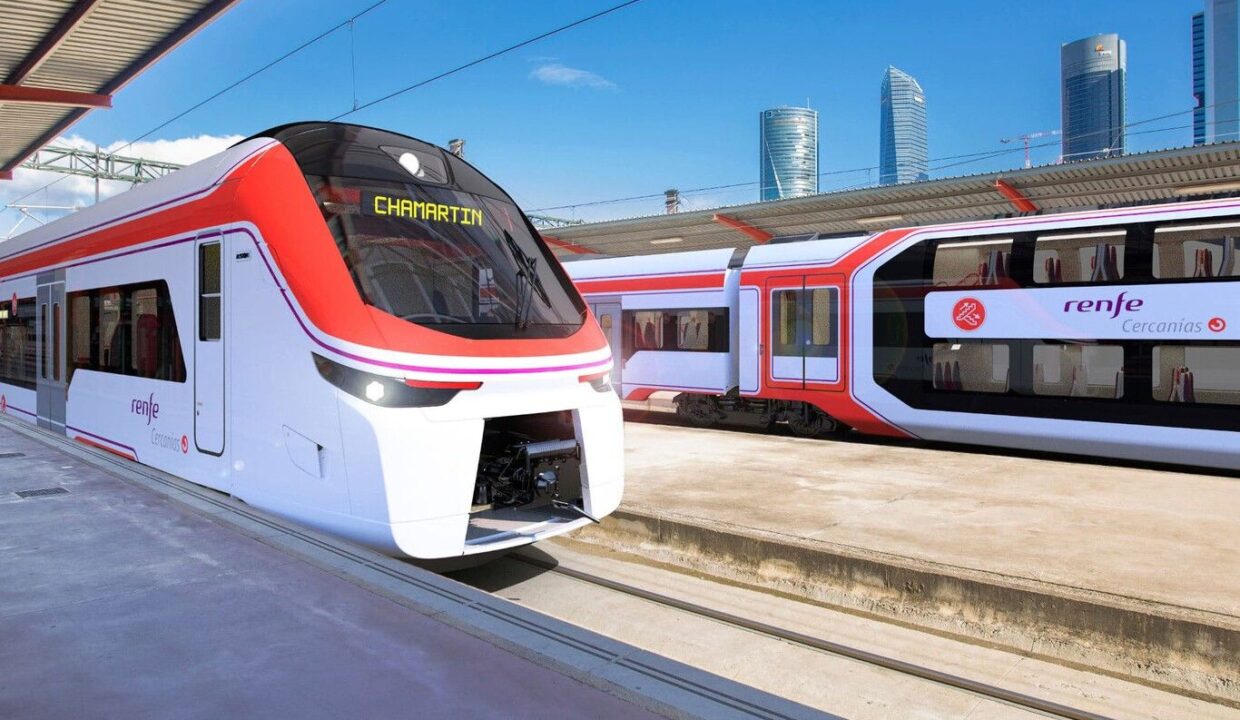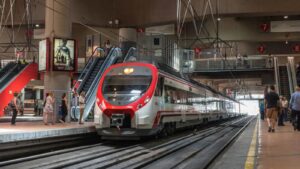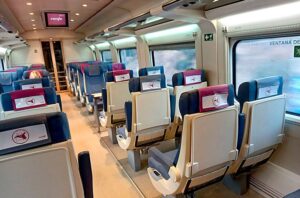
Spain’s first high-speed train left Madrid for Sevilla on April 21, 1992. Since then, over the next three decades, Spain has built one of the most advanced rail networks in the world, leading the world in network length, state-of-the-art, commercial speed, fleet versatility and punctuality.

Spain has shown the rest of Europe that technical interoperability between all service providers is possible with high levels of punctuality and reliability, and has the longest interoperable route in Europe between Barcelona and Malaga. This line is the clearest example that compatibility is now a proven fact. By train you can visit the capital and then the main cities of the Spanish coast: Barcelona, Valencia, Alicante, Malaga.

But it is not only the high-speed train network that has developed. For example, the local Renfe trains are used daily by hundreds of Valencians. Many of them travel from the capital to various cities in the province, or vice versa, to go to work or university. Valencia, as Spain’s third largest city, is growing more and more every year, which means that housing and rental prices are also rising.

Many people prefer to live and rent houses or rooms in cities located 20-25 minutes by train from Valencia to save money and have cheaper accommodation. The authorities are supporting people in this matter and in 2023 Renfe users in the Comitat Valenciana will be able to get free passes for Cercanías and Media Distancia.
Public transportation infrastructure is very important when choosing a real estate or investment property. We will provide you with more useful information when buying or investing with us! Contact Broadway Consulting!

